 Airports, airlines and the whole travel industry have been bewitched by the allure of automation and its supposed benefits of making a traveller’s journey “seamless” (a term that really doesn’t mean anything). Biometrics, self-check-in, self-bag-drops, all these are meant to make it “easier” on the traveller when in reality it’s just an illusion. Much like the self-check-out at grocery stores, it’s really a way for the industry to cut jobs by pushing more of the work to the traveller.
Airports, airlines and the whole travel industry have been bewitched by the allure of automation and its supposed benefits of making a traveller’s journey “seamless” (a term that really doesn’t mean anything). Biometrics, self-check-in, self-bag-drops, all these are meant to make it “easier” on the traveller when in reality it’s just an illusion. Much like the self-check-out at grocery stores, it’s really a way for the industry to cut jobs by pushing more of the work to the traveller.
I don’t use self-check-out at the grocery store because I don’t work for the store. Unfortunately, I can’t do the same when it comes to travelling as I was reminded recently when I flew from Singapore to Dubai for the 2023 Dubai Airshow.
I flew on Emirates, which normally is a great airline on which to fly. But on arrival at Changi Airport in Singapore (still the best in the world in my opinion), I was greeted by rows of electronic kiosks and self-bag-drop machines. Now I’m no Luddite as anyone knows who has seen the multiple computers I have in my office, but I like to deal with people when I travel and not machines. But there was no choice. So I scanned my passport, got my boarding pass, and then hit another button and got my bag tag.
So far, so good. But as much as I’ve flown in my life, I always counted on a gate agent to attach the bag tag and the little stickers with the bar codes. But I managed to get that done and then proceeded to stand in line for 25 minutes while the rest of the people checking in struggled with their own bag tags and the machines to scan the bags and move them onward.
When my turn came to check my bag, trouble arose. The system gave me an error when it tried to scan the bag. I removed all the other stickers from trips past to no avail. And when I tried to scan my passport, it would not accept it even though I had successfully used it to retrieve my boarding pass and bag tag. The young Emirates staffer politely told me I would have to exit the queue and then go join another queue for “assistance”.
So what should have been a more “efficient” process of checking in has now turned into an hour-long wait for assistance. When my turn came an hour later to get assistance, the gate agent took my passport, scanned my bag tag, and I was done.
It took a real person to overcome the automation that was supposed to make it easier on the passenger.
Again, I love computers, mobile phones and most of the modern technology we all have to deal with, but when it comes to airports (and grocery stores), give me a human being anytime.
That was borne out on my return trip to Singapore. At the Dubai airport, I had the option of using the self-check-in or a real person. I chose the latter. I queued up, waited three minutes, then checked in with a real person. Three minutes later I had my boarding pass, bag was checked and I was on my way.
So one hour with the automated way or six minutes using a real person – guess which one was more “efficient” and made for a happy customer?



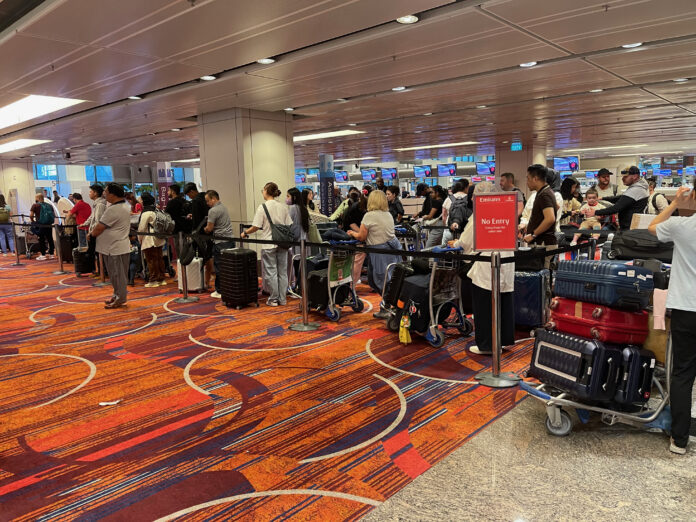



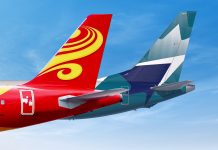



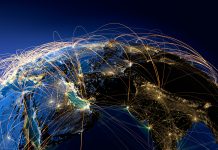
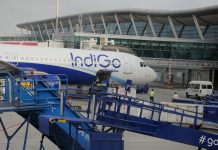
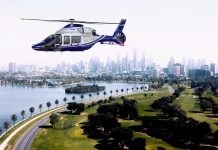
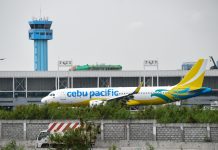





Hello Matt. Concur 100% with your views and experience. Most of the time the people who benefit from automation in the airport space are the airlines, airports, or governments. They save staff, and space, or gain access to more information about the passengers earlier to improve monitoring. The reality of ‘one queue after the next’ seems to remain the same and the improvement in the passenger experience cannot be felt by the bulk of the traveling public.
Thanks. My concern is not just the passenger experience, but the fact that automation is costing people their jobs at a time when the industry needs to rehire some of the thousands laid off during the pandemic.